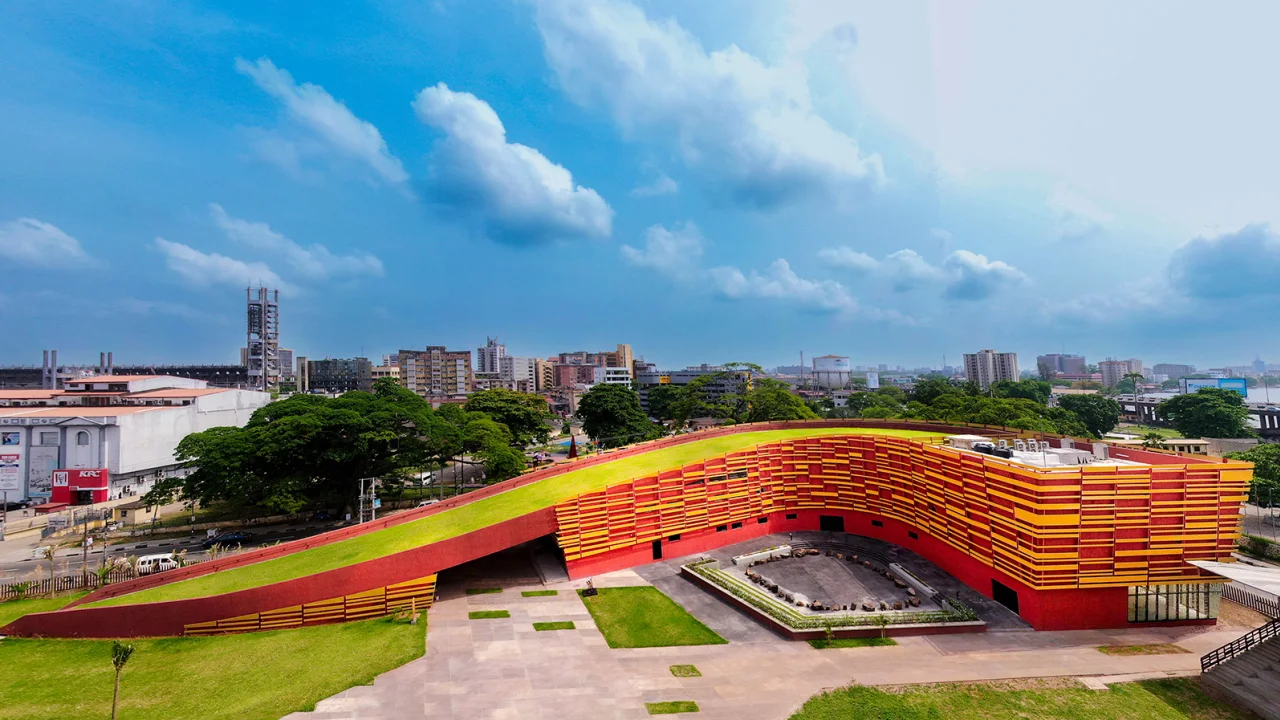The Most Sustainable Architectural Projects In The World
So what are the most sustainable architectural projects in the world? As climate change continues to have a profound impact on our planet, there is a growing need for sustainable architecture.
Author:George EvansApr 24, 202356 Shares1.6K Views

So what are the most sustainable architectural projectsin the world? As climate change continues to have a profound impact on our planet, there is a growing need for sustainable architecture.
Architects and designers are embracing sustainable design principles to create buildings that are not only beautiful, but also energy-efficient and environmentally responsible.
Sustainable architecture is a holistic approach to building design that considers the environmental impact of every element of the building process. From the materials used in construction to the energy used to power the building, sustainable architecture seeks to minimize negative impacts on the environment while creating beautiful and functional spaces.
One of the key principles of sustainable architecture is energy efficiency. Buildings account for a significant portion of global energy consumption, and reducing the amount of energy used by buildings is essential to mitigating the impact of climate change.
To achieve this, sustainable architecture utilizes a range of strategies, such as passive solar design, insulation, and efficient lighting and heating systems.
Passive solar design involves designing buildings to take advantage of the natural energy of the sun. This can include features like south-facing windows that let in natural light and heat in the winter, but are shaded in the summer to prevent overheating.
Insulation is another key element of energy efficiency, and sustainable architects often use eco-friendly materials like recycled denim or cellulose insulation made from shredded newspaper.
Another important aspect of sustainable architecture is the use of environmentally friendly building materials. This can include recycled or repurposed materials, as well as materials that have a low environmental impact, such as bamboo or straw bales. Sustainable architects also prioritize local sourcing of materials to minimize transportation emissions.
In addition to energy efficiency and eco-friendly materials, sustainable architecture also emphasizes the importance of water conservation. This can include features like rainwater harvesting systems and low-flow plumbing fixtures.
Sustainable architects also prioritize landscaping with native plants that require less water, and design buildings with features like green roofs that absorb rainwater and provide insulation.
One example of sustainable architecture in action is the Bullitt Center in Seattle, Washington. Designed by the Miller Hull Partnership, the Bullitt Center is a net-zero energy building that generates as much energy as it consumes through features like a solar panel array and geothermal heating and cooling systems.
The building also uses rainwater harvesting systems to provide all of its water needs. Another example is the Bosco Verticale (Vertical Forest) in Milan, Italy. Designed by Stefano Boeri Architetti, the Bosco Verticale is a pair of residential towers covered in a total of 900 trees and over 20,000 plants.
The vegetation helps to regulate temperature and humidity in the buildings, as well as improve air quality and provide a habitat for birds and insects.
Final Words
Sustainable architecture is an essential approach to building design in the 21st century. By prioritizing energy efficiency, eco-friendly materials, and water conservation, sustainable architects are creating buildings that not only minimize negative impacts on the environment, but also provide healthy, beautiful spaces for people to live and work in.
As we continue to confront the challenges of climate change, sustainable architecture will play an increasingly important role in creating a more sustainable future.
Jump to

George Evans
Author
George Anderson, an exceptional architectural designer, envisions and brings to life structures that transcend the realm of imagination. With an unwavering passion for design and an innate eye for detail, George seamlessly blends form and function, creating immersive spaces that inspire awe.
Driven by a deep appreciation for the interplay of space, light, and materials, George's innovative approach redefines the possibilities of architectural design. His visionary compositions leave an indelible mark, evoking a sense of wonder and transforming the built environment.
George Anderson's transformative designs and unwavering dedication continue to shape the architectural landscape, pushing the boundaries of what is possible and inspiring generations to come.
Latest Articles
Popular Articles